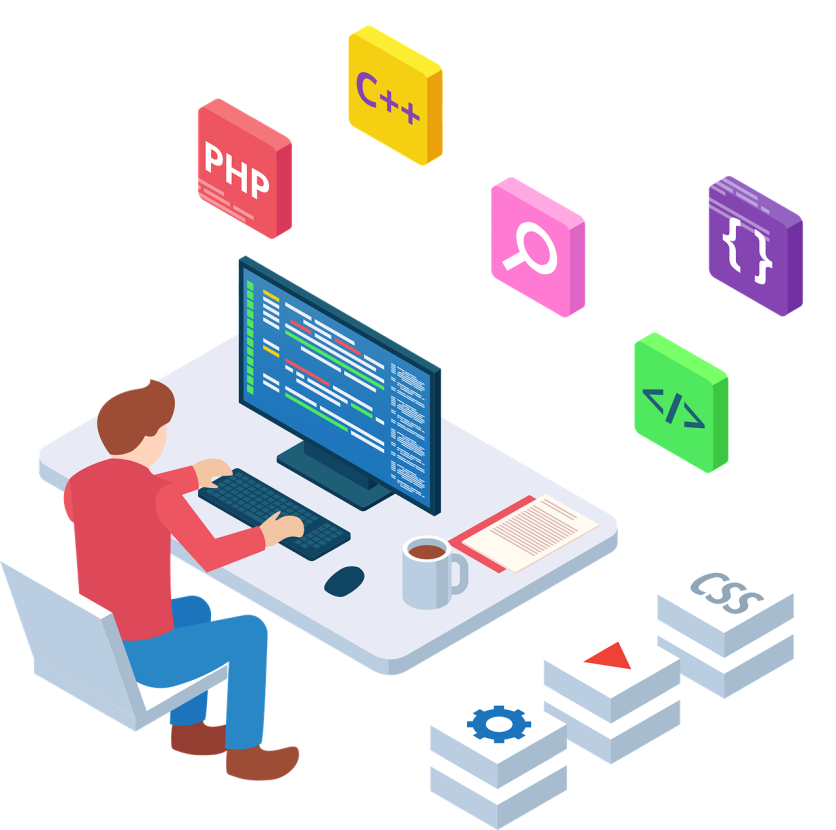
What is the first step in building software? Is it mapping out ideas and working on business strategies? Looking for qualified staff? Negotiating with investors? All these things are undoubtedly crucial in the initial stages of development, but a special place is given to determining how profitable the software will be. This metric is paramount for CEOs who want to know whether the software is worth the effort and investors looking for software development companies worth investing in.
Around 10% of newly established businesses do not survive beyond their first year. Such an outcome can be predicted, and all it takes to find out is a straightforward calculation—ROI, which stands for Return on Investment. This article will give you a deeper understanding of this metric and how it can influence your business decisions.
ROI Explained
The ROI formula is not complicated: divide the net profit generated from an investment by the initial cost of the investment and then multiply by 100 to express it as a percentage. The higher the ROI, the better and more promising the project looks for investors and developers. However, there is no specific ideal of ROI—this number is relatable and can depend on business scope, and the amount of money investors are ready to give out.
Let's break down the main components of the ROI formula:
- Net profit signifies the final amount of money generated by the business after subtracting taxes, operating costs, and interest expenses.
- The investment cost might include purchase price, equipment installation costs, initial setup expenses, hiring and onboarding expenses, staff training, and other costs contributing to building and maintaining the software.
How to Make ROI More Reliable
Even though the ROI formula is not that complicated, there might be some uncertainties about what factors to use in your calculations. The main issue is time, which is very fluid in real life and even more so when discussing building long-term projects.
Some things are beyond the company's control, such as changes in market conditions, regulatory environment, or technological advancements. Ignoring the potential impact of these external factors while calculating the Return on Investment may lead to inaccurate projections.
Here are some techniques that will make your calculations look more trustworthy:
- Constantly re-calculate your ROI — At the initial stages of software development, the numbers will be relatively low due to significant investments and a very short period for generating revenue. Of course, it won't look good for investors, but it is better to wait and repeat the calculations. After a few months of using the software, there might be a positive dynamic.
- Create two versions of ROI: Anticipated and actual — The former is a more idealistic version when no force majors are happening; the latter is calculated after a few months and can show actual business results.
- Get ready for the best- and worst-case scenarios — Work out two variants of ROI: the one with the highest amount of investment and lowest net profit in the end, and vice versa—with low investment and high revenues. This type of calculation will show the possible outcomes of the business strategy in a pessimistic and optimistic light.
Factors That Will Influence Your Roi Estimates
Anticipated ROI can become actual ROI, but you must put some effort into it. Some aspects might play more significant roles than others, so here are some strategies to consider:
- The more experienced and qualified your employees are, the more likely they are to deliver a better product, which will raise the actual ROI.
- Security breaches pose a significant threat to a company's financial health. They should be addressed with robust firewalls and encryption protocols. Otherwise, the enterprise might lose a lot of money and have a lower ROI.
- Streamline all the processes in software development as much as you can. Automating routine tasks and implementing artificial intelligence and machine learning in your workflow can significantly accelerate development and contribute to a higher ROI in the future.
- Focus on customer service to create a positive reputation for your brand and lure even more clients. Hence, the revenue will grow along with ROI estimates.
Wrapping Up
ROI is one of the most critical metrics in software development. It provides a glimpse into the future for stakeholders and developers and helps them make decisions; it also allows them to identify inefficiencies and areas for improvement in software development processes and mitigate risks.
A high ROI indicates that the investment generates significant returns, while a low ROI suggests that the investment is not worthwhile. Therefore, this is something you should pay the most attention to. Once you have a business idea, start with ROI. Get your numbers, and start building the product with the right approach.
ⓒ 2025 TECHTIMES.com All rights reserved. Do not reproduce without permission.





